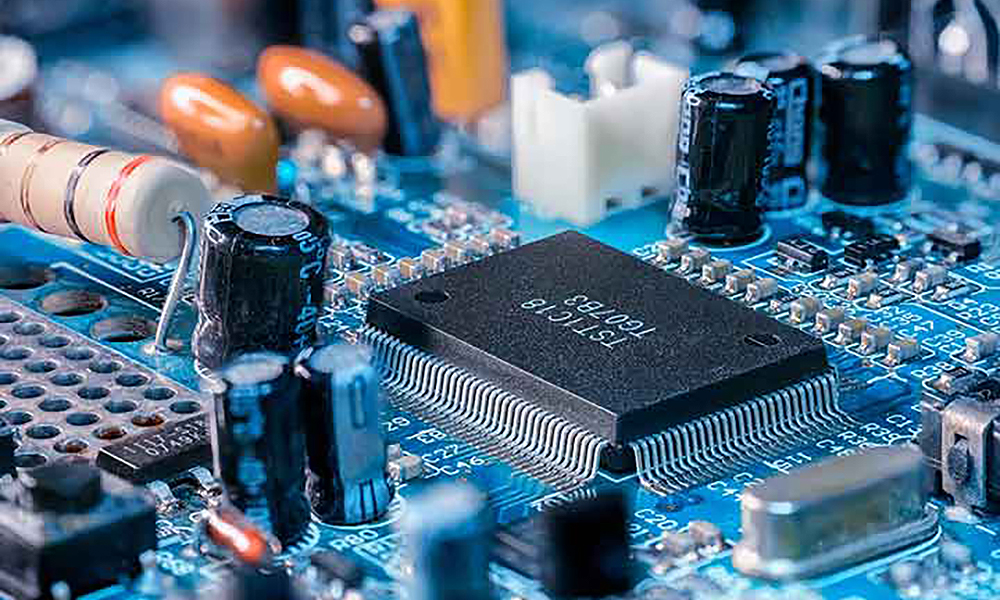Chip resistors are fundamental components in electronic circuits, used to control current flow, divide voltages, and protect sensitive components. Despite their simplicity, improper handling or design choices can lead to a range of issues, from circuit instability to complete system failure. In this blog, we’ll explore some common mistakes engineers and hobbyists make when working with chip resistors and how to avoid them to ensure reliable and efficient designs.
- Ignoring Power Ratings
One of the most frequent mistakes is selecting a chip resistor without considering its power rating. Every resistor can only dissipate a certain amount of power before it overheats, potentially leading to failure.
Solution: Always calculate the power dissipation using the formula P=V2/RP=V2/R or P=I2×RP=I2×R, and choose a resistor with a power rating that exceeds this value. It’s also wise to add a safety margin, typically 25-50%, to account for variations in operating conditions.
- Overlooking Tolerance Levels
Tolerance refers to the allowable deviation from the resistor’s nominal value. Choosing a resistor with an inappropriate tolerance can cause your circuit to behave unpredictably, especially in precision applications.
Solution: Select a resistor with a tolerance level that matches the precision required for your circuit. For general-purpose applications, 5% or 10% tolerance may be acceptable, but for precision circuits, opt for resistors with 1% tolerance or better.
- Neglecting Temperature Coefficient
The temperature coefficient indicates how much a resistor’s value changes with temperature. In high-temperature environments, a resistor with a poor temperature coefficient can drift significantly, affecting circuit performance.
Solution: For circuits exposed to varying temperatures, choose resistors with a low temperature coefficient (measured in ppm/°C). This ensures that the resistor value remains stable across the expected temperature range.
- Misplacing Resistors on the PCB
Incorrect placement of chip resistors on a PCB can lead to unwanted parasitic effects, such as inductance or noise coupling, which can degrade circuit performance.
Solution: Place resistors close to the components they are supposed to work with, and avoid placing them near sources of electromagnetic interference (EMI). Also, consider the signal path and ensure the layout minimizes inductive loops and noise coupling.
- Improper Soldering Techniques
Chip resistors are delicate and can be damaged by improper soldering. Excessive heat, poor solder joints, or using too much solder can lead to issues like component failure or poor electrical connections.
Solution: Use the appropriate soldering temperature and techniques, and ensure that the solder joints are clean and well-formed. If possible, use reflow soldering for consistent results, especially in high-volume production.
- Failing to Consider Voltage Coefficient
While often overlooked, the voltage coefficient is important in high-voltage applications. It describes how a resistor’s value changes with applied voltage. High voltage across a resistor with a poor voltage coefficient can lead to significant changes in resistance.
Solution: For circuits that operate at high voltages, select resistors with a low voltage coefficient to maintain consistent performance under different operating conditions.
- Not Accounting for Parasitic Effects
Chip resistors, like all electronic components, exhibit parasitic inductance and capacitance, which can affect high-frequency circuit performance. Failing to account for these parasitic effects can lead to signal distortion or oscillations.
Solution: In high-frequency designs, choose resistors with low parasitic inductance and capacitance, and carefully design the PCB layout to minimize these effects. Surface-mount resistors typically have lower parasitic inductance compared to through-hole resistors.
- Overlooking Long-Term Reliability
In harsh environments, resistors can degrade over time due to factors like humidity, temperature cycling, and mechanical stress. Not considering these factors can lead to premature failure in the field.
Solution: For applications in harsh environments, choose resistors with proven long-term reliability, such as those with a protective coating or those designed to withstand environmental stress. Also, consider the resistor’s derating curve to ensure it operates within safe limits over its expected lifespan.
- Incorrectly Interpreting Resistor Codes
Misreading or misinterpreting the resistor’s value due to incorrect reading of color codes or part numbers can lead to incorrect component placement in the circuit.
Solution: Double-check the resistor values before placement, using a multimeter to verify resistance if necessary. Ensure a thorough understanding of the resistor coding system (e.g., EIA-96 for SMD resistors) to avoid errors.
- Inadequate Testing and Validation
Skipping the testing phase or relying on insufficient validation can result in undetected issues, which may only surface after the product is in use.
Solution: Always test circuits under expected operating conditions, including temperature extremes and load variations. Validate resistor performance in the final design and consider using automated optical inspection (AOI) and X-ray inspection for high-volume manufacturing.
Conclusion
Working with chip resistors may seem straightforward, but overlooking critical factors can lead to significant problems in your electronic designs. By being aware of these common mistakes and implementing the suggested solutions, you can enhance the reliability, performance, and longevity of your circuits. Whether you’re a seasoned engineer or a hobbyist, paying attention to these details will save you time, money, and frustration in the long run.





